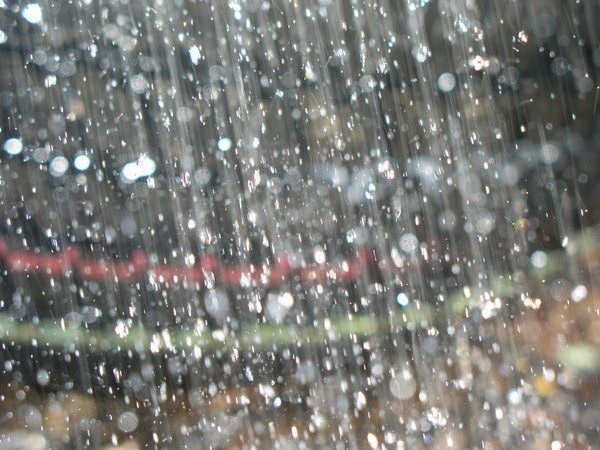ADVANCE, RECEDE: ON PATTERN IN POETRY
 |
| Courtesy of RGBStock Images |
Did it just start raining, or did I just start seeing it?
When I was very young my father took me to an exhibition of giant images projected on a screen that broke into huge moving blocks, sliding forward and back silently, a precursor of 3D pixelation, of holography, that terrified me. The world was breaking up before my eyes!
It was a terror that fascinated me. I have little memory of the images themselves. Was there a story? I don't recall; it was a pastiche, full of unpredictable life and movement.
 |
| Diapolyecran, Czechoslovakia Pavilion, Expo 67 |
In poems, the advance-and-recede effect creates a quality I want to handle. Not texture, but pliability. Pattern that isn't decoration. Pattern that is its own structure.
In "Depiction of Childhood," Franz Wright guides us through the details, pausing now on one, now another, speaking about them with a conversational yet tightly-strung air that grips and sends shivers through me.
A few days ago I opened the curtains to a sky so dark and clear I could see constellations, even here in the heart of the city. The day before, puffball clouds hung like abandoned hornets' nests in a cartoon sky.
The morning I write this, darkness itself is cloudy. The street lamp's orange glow sinks into branches, electrical wires; breaks into threads of rain, gathers again. Way off over the expressway, a slice of sky appears under the cloud line, a deep blue I want to hold against my skin. Did the cloud cover lift, or did I just start seeing it?
 |
| Courtesy of Red Edge Images |